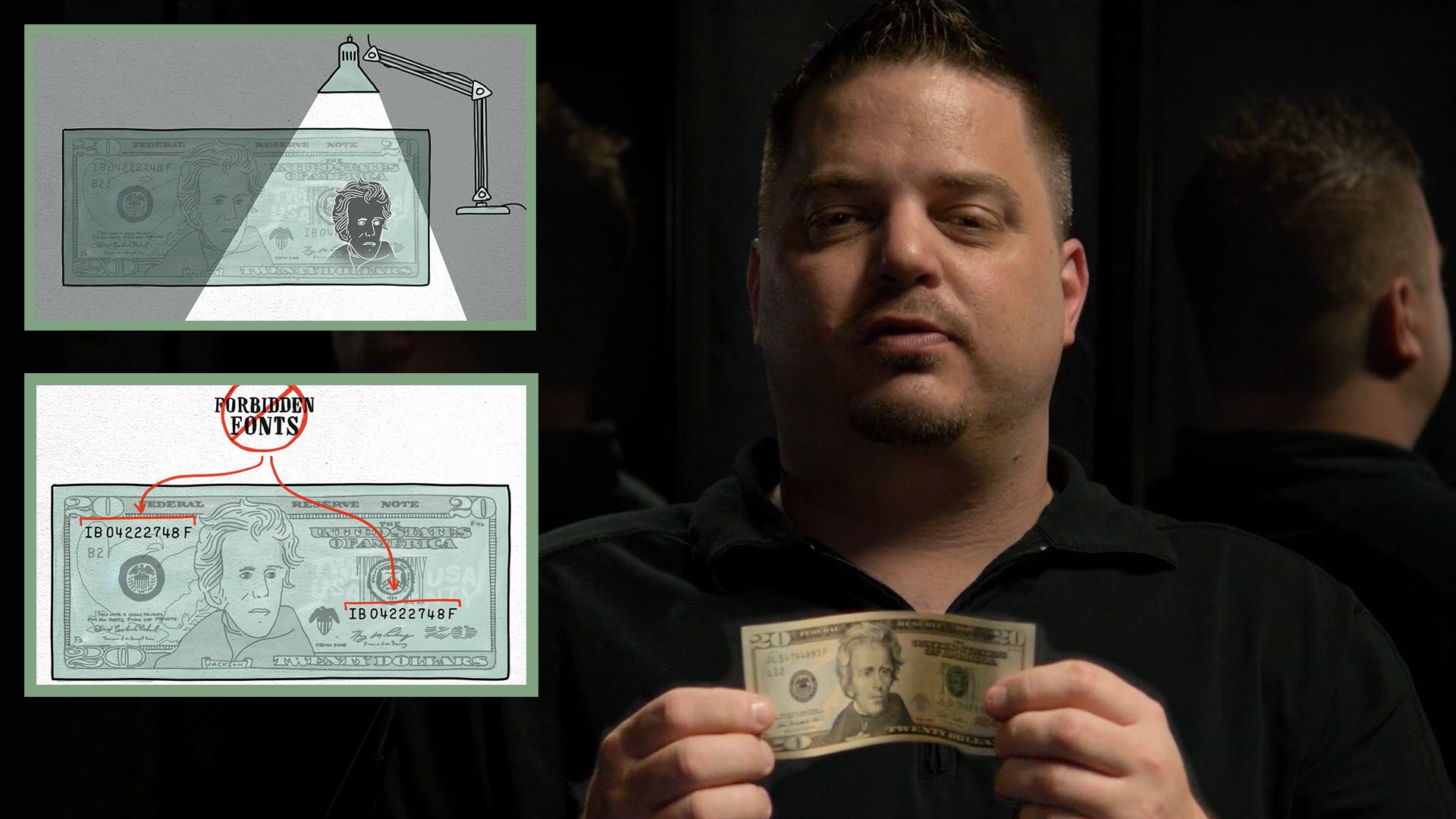Discover the Usages of copyright Cash in Artistic Creations and Theatrical Performances
Funny money, often identified with deceptiveness and outrage, holds a strange allure when it locates its method into the realm of theatrical performances and artistic productions. Its background is laden with complicated stories that have motivated artists to include these replicas right into their works. From the aesthetic arts to the dramatic phase, copyright currency has actually been utilized in fascinating methods that challenge perceptions and prompt thought. As we look into the multifaceted uses phony money in these innovative domains, we start to discover a globe where authenticity and replica blur, prompting us to question the very nature of worth and representation within art and performance.

Historical Relevance of Imitation Cash in Art
The historical significance of copyright money in art is a complex and fascinating topic that sheds light on the intersection of creativity, subversion, and socio-political commentary. Throughout background, artists have actually used phony money as a device for tough social standards, questioning the value of currency, and making powerful declarations regarding riches and power.
Among the most noteworthy instances of funny money in art dates back to the Dada movement of the very early 20th century - copyright money for sale. Musicians such as Marcel Duchamp and Hannah Höch incorporated phony currency into their jobs to slam the capitalist system and explore the principle of value in a rapidly altering world
In addition, during times of financial instability or political turmoil, copyright has actually been utilized by musicians as a type of protest or rebellion. By developing and circulating copyright, musicians have had the ability to disrupt the status, difficulty authority, and prompt vital discussions about the duty of money in culture.
Impact of copyright on Visual Arts
By including phony cash into their jobs, musicians prompt conversations on the nature of worth, authenticity, and societal understandings of riches. The usage of copyright in art also raises honest considerations relating to the limits of creative expression and the implications of reproducing legal tender. On the whole, the impact of phony currency on aesthetic arts is multifaceted, stimulating vital reflections on the junction of cash, art, and societal values.
Symbolism and Definition in Theatrical Imitation Displays
Utilizing staged fake screens, artists use symbolic representations to convey deeper definitions and stimulate thought-provoking interpretations within the world of efficiency art. With the incorporation of funny money in theatrical productions, makers can check out themes such as greed, power, corruption, and the impression of riches. Using phony currency on phase can function as an allegory for societal problems, financial disparities, and the delicacy of monetary systems.
In staged efficiencies, the symbolic worth of funny money extends past its monetary well worth. It can signify the misleading nature of looks, the pursuit of materialistic needs, and the repercussions of underhanded habits. By utilizing funny money as a prop, musicians can challenge audiences to question the true significance of wide range and the ethical limits that individuals might go across in its pursuit.
Ethical Factors To Consider in Utilizing Funny Money for Art

One major ethical consideration is find more information the prospective legal repercussions of utilizing copyright in art. Counterfeiting currency is unlawful in many nations and can lead to major repercussions for artists who knowingly integrate imitation expenses right into their job. copyright money for sale. This not just places the musician at danger but additionally increases concerns regarding promoting illegal activities through art
Additionally, there is an ethical problem concerning the authenticity of the artwork itself. Using funny money obscures the line in between truth and replica, possibly deceiving customers and endangering the honesty of the imaginative piece. Artists need to consider whether making use of funny money aligns with their values and creative intents, weighing the potential effect on their online reputation and reputation.
Future Fads in Funny Money Integration
Taking into consideration the progressing landscape of imaginative expression, the incorporation of imitation money in creative works may witness a shift in the direction of provocative and innovative avenues. As musicians continue to press limits and explore brand-new mediums, funny money can progressively be made use of to challenge social norms, examine the value of money, or make powerful declarations regarding wide range and consumerism.
One future trend in funny money combination could be its application in immersive art setups where target markets are motivated to connect with the pieces, obscuring the lines in between fact and illusion. In addition, developments in modern technology may cause the production of hyper-realistic funny money that is virtually equivalent from authentic currency, opening up opportunities for a lot more comprehensive and detailed artworks.
Furthermore, partnerships in between counterfeiters and artists might cause unique pieces that integrate typical artistic methods with the workmanship of creating funny money. Go Here Honest considerations surrounding the validity and morality of using copyright money in art will continue to be a point of opinion as these future fads unravel.
Verdict
In verdict, the usages of fake cash in theatrical efficiencies and artistic creations have a lengthy history and continue to be a resource of motivation for artists. The combination of copyright cash in art Extra resources is likely to proceed developing in the future.
Overall, the effect of copyright money on visual arts is complex, promoting crucial reflections on the intersection of cash, art, and societal worths.

In verdict, the uses of fake cash in staged efficiencies and creative productions have a long history and continue to be a resource of ideas for artists. Honest factors to consider have to be taken into account when utilizing phony cash for creative purposes. The combination of copyright in art is most likely to proceed evolving in the future.